
Since my retirement two years ago I have plenty of time for my old DX hobby again after an absence of over 25 years. I soon noticed that my attention was mainly focused on the medium wave and digital utility modes. But what is the state of that good old shortwave today? And how does that compare to 30-40 years ago? The SWL 2024 contest, organized by Frank F0DUW, seemed like a great opportunity to give this a thorough review.
But before I do: please don’t forget to check the details of the upcoming SWL Contest 2025 at the end of this post!
The contest rules
The goal of the contest was to receive as many stations as possible in each shortwave band, from 120 to 11 meters. Furthermore, it had to be AM transmissions, so no DRM. Pirates were allowed to be counted, even if they were a bit outside the official meter bands. Each participant would be rewarded with an e-Award. From a Bronze Award for participants reporting 1-49 stations, via Silver, Gold, Platinum to a Diamond Award for participants scoring more than 250 stations.
The contest rules didn’t focus on transmitter location but on what I would call “broadcasters” or “producers” if you like. That needs a bit of explanation. If you heard BBC on 9410 from Tinang and then received it on 9510 from Tashkent, that counted as 1 “station”: “BBC on the 31 meter band”. If you received BBC Tinang on 9410 (31 meter band) and BBC Tinang 11825 (25 meter band) then that counted as two stations. Similarly, a Sunday spent listening to Channel 292 on 9670 kHz quickly yielded several “stations”: Radio Powerrumpel, Radio Waves International, Superclan Radio and so on.
Not a lot of “Tropics” on the tropical band
The contest ran from June to August. Because I was still very busy with sporadic E on FM in June, I actually only started to monitor the bands thoroughly in the second week of July. In total, I received 425 stations from 55 ITU countries that were distributed over the meter bands as follows:
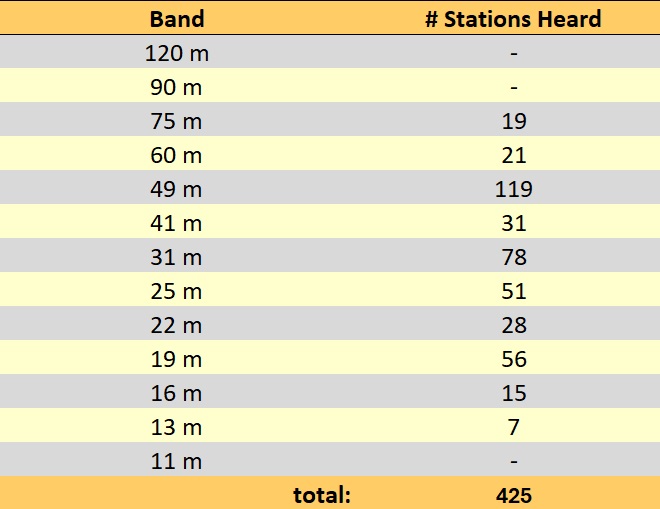
Although these were summer conditions, one thing immediately stands out: the tropical bands deliver very few “tropical” stations these days. There is still an occasional station from Australia or Indonesia at 120 or 90 meters, but I didn’t manage to receive those. The 19 stations at 75 m were far from “tropical”. They all came from Europe, with the various stations broadcasting on Channel 292 from Germany on 3955 kHz accounting for 13 of them.
At 60 meters it is just only a little bit better. There are still some Asian stations to receive, including Tajik Radio (Tajikistan). Africa was represented by Voice of Hope from Zambia and VOA Botswana, but you don’t really hear the African traditional songs and rhythms of years ago. From Latin America I picked up the Cuban Radio Rebelde, Radio Brasil Central and the religious pirate “La Montana” from Venezuela. I could even hear Radio Tarma from Peru. Small reminders of what used to be a favorite band for DX-ers years ago.
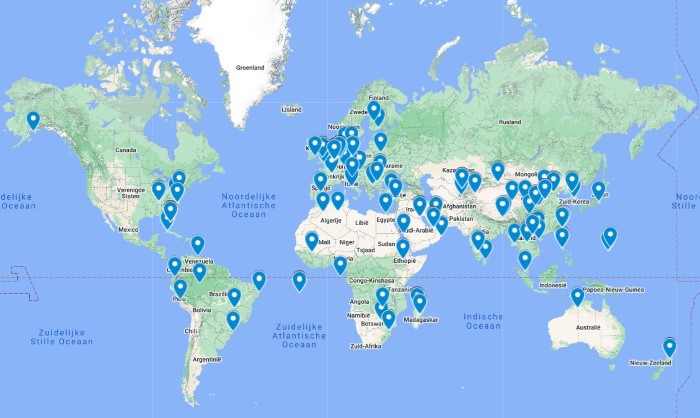
49 meters: the most important shortwave band today?
The 49 meters is the band where I heard the most stations by far. That’s partly due to a good number of pirates around that band. I heard 28 of them, mainly from the Netherlands and the UK. I heard more than 20 different programme makers on Channel 292. The reception of Channel 292’s American counterpart, WRMI Radio Miami International, is a bit more dependent on conditions, but it did result in 8 stations at 49 meters. You receive them better on 19 meters, which resulted in 15 stations for me.
The WRMI programs are very different from those of Channel 292. On the latter station you will hear a lot of stations that want to keep the memory of offshore radio alive in addition to several serious program makers who offer alternative music. “CM Obrecht”, “Radio Carpathia” and “The Isle of Music” are good examples of those. WRMI brings everything that is not “mainstream” from the United States. Everyone seems to want to reach the entire US and preferably the world via Miami. From the super-fanatical preacher on “Classic Redneck Radio” and endless mostly right-wing political speeches to bizarre programs such as “Your UFO show” and “Supreme Master TV” where you are treated to all kinds of conspiracy theories. I really enjoyed it.
Yet there is still plenty of “real” DX to experience at 49 meters. The various factions from Ethiopia and the surrounding area all seem to have their own station. Mali Radio comes through loud (I suspect that Chinese investments do play a role here). Myanma Radio was perfectly audible and even provided my first QSL for Myanmar, something I couldn’t do 40 years ago. Brazil brought RN da Amazonia and Voz Missionaria. What is also nice to follow is the arrival of legal Finnish low power stations such as Radio Piko and Realmix Radio in this band.
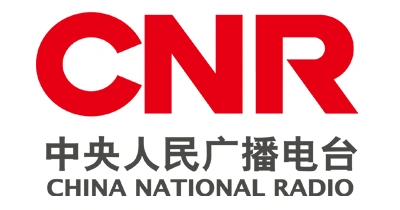
All Chinese are alike? It’s not that bad.
China, as expected, was an important source to boost my number of stations received. I heard 47 Chinese stations. But identification is not so easy. China Radio International, of course, has plenty of programs in English and is omnipresent on every band. Only then do you realize that Radio Moscow has completely disappeared from the scene.
It is more difficult to distinguish Chinese National Radio CNR 1, 2, 7, 8, 11, 13 and 17 from each other. The fact that a number of those programs broadcast on the same frequencies and stations as the PBS stations Sichuan, Xizang and Xinjiang further complicates matters. But fortunately, there are many co-channel crosschecks you can make. The languages and IDs in Kazakh (CNR17) or Uyghur (CNR13) are also clearly different from Chinese and recognizable. The specific format of CNR2 Business Radio, where a male/female duo of presenters seem to talk non-stop commercial-like as on an American news channel, is easy to pick out.

Deutsche Welle and Schweizer Radio are still alive on Shortwave!
While China apparently still believes very much in shortwave to reach a global audience, there are few other state broadcasters that share that opinion. In the Far East it’s not so bad. The Koreas, Japan, Taiwan, Thailand, Myanmar, the Philippines: they all have programs targeting listeners abroad. Radio New Zealand has more powerful transmitters than it had in the past and their programs aimed at the South Pacific can be received easily.
In Europe the only stations that offer a Radio France Internationale, Radio Exterior de España and Radio Romania International are the only stations with that are still active extensively. To hear the BBC in every band, I had to put in some effort to tune in at the right time as most of their programs are broadcast from transmitters in the East. I learned that Deutsche Welle still broadcasts a few hours in Arabic and Amharic. And Schweizer Rundfunk is still surviving on shortwave with an hour via the Kall-Krekel transmitter.
Many of the religious stations I knew from the past were still in the air: AWR, TWR, FEBC, HCJB, WINB. As were the several U.S. government-sponsored propaganda stations such as Radio Liberty and Radio Marti. Newer to me is the fact that the VOA now brands quite a few stations as if not part of VOA: Studio 7, Radio Deewa, Radio Ashna or Radio Mashaal for example. Also new to me: different groups, sometimes more political resistance oriented, sometimes more motivated by humanitarian reasons are renting airtime from major channels abroad such as Woofferton, UAE or Tashkent. For example I heard Radio Ergo, a small broadcaster with support from the Danish Ministry of Foreign Affairs. They broadcast humanitarian news from the UAE for regions in Somalia.
More interesting for the DX-er than for the listener.
My conclusion: there is still plenty to do on shortwave for a DX-er who is mainly interested in picking up a signal from a distant country. And even if you want to collect QSLs, you can still do so quite easily. Although you will often have to be satisfied with an e-QSL or email. For the real listener who is interested in content, shortwave is going downhill in my view. Unless you speak several Asian or African languages.
The other day I read somewhere: “The only English transmissions I can pick up are alt-right or religious nuts. Are there any sane people broadcasting on SW in English?“. I don’t want to go that far, and I would certainly be doing serious religious stations such as AWR and TWR a disservice. But a certain trend has been going on for a while. And I’m curious what happens if major maintenance is needed on transmitters and antenna parks like Woofferton, Issoudun or Nauen. Is that still financially feasible or will we see them forced to close as well?
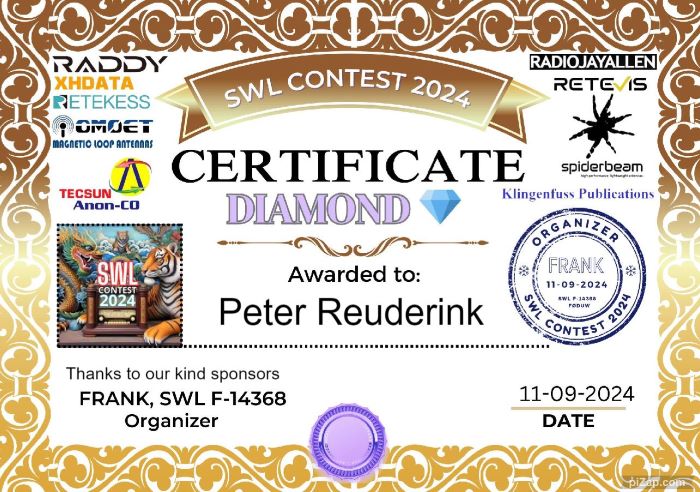
“And the winner is…”
So, what did the SWL 2024 contest bring for me in addition to the Myanma Radio QSL, my 197th radio country verified? Well, in the first place a lot of DX and listening pleasure, some surprising receptions – I can’t forget to mention RTM Wai FM from Malaysia at 25 meters, or Alaskan public Radio KSKO via Kostinbrod – and quite a few QSLs. And I easily reached the target for a Diamond Award.
To my surprise, Frank had managed to arrange some nice prizes through sponsors. Because I finished first with 425 stations, to my great surprise, I received a nice Tecsun PL-368 and a Retevis cap. But again, participating and having fun are more important than winning in my opinion.
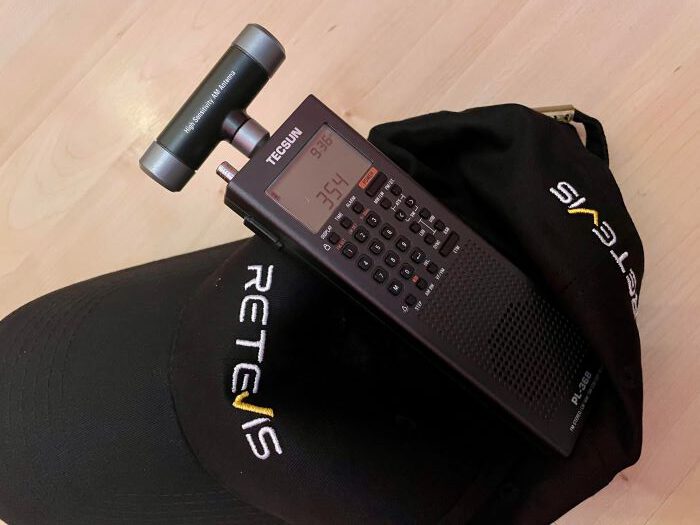
SWL (and MW) 2025 contest runs from January to February.
I am very happy that Frank has decided to organize a next contest. It may be called “SWL contest 2025”, but you can now also listen to the medium wave. There are actually three contests: you can listen to MW, SW, or both. On SW this time the goal is to receive as many transmitter locations as possible (regardless of the band), on MW the location doesn’t matter.
You can read the rules here: https://webkiwisdrswl.blogspot.com/2024/09/swl-contest-2025-rules.html . Unfortunately, there are no prizes this time other than the e-Award. But I will at least make an entry for the medium wave part of the contest and try to hit at least 250.
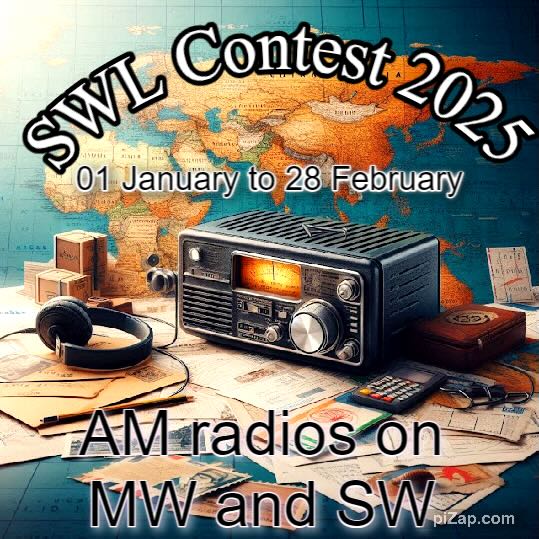

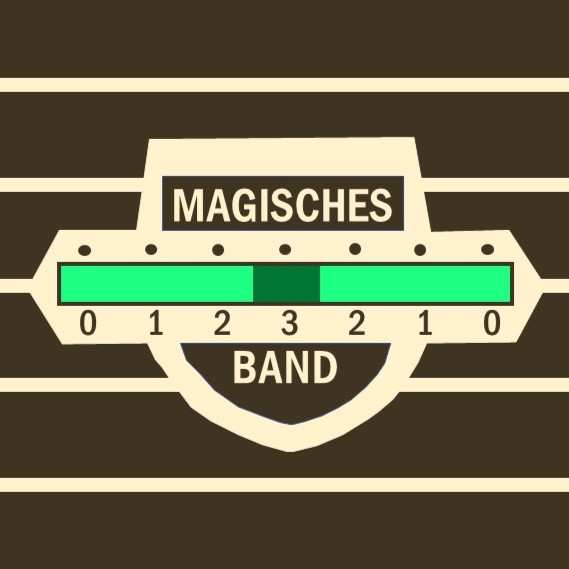
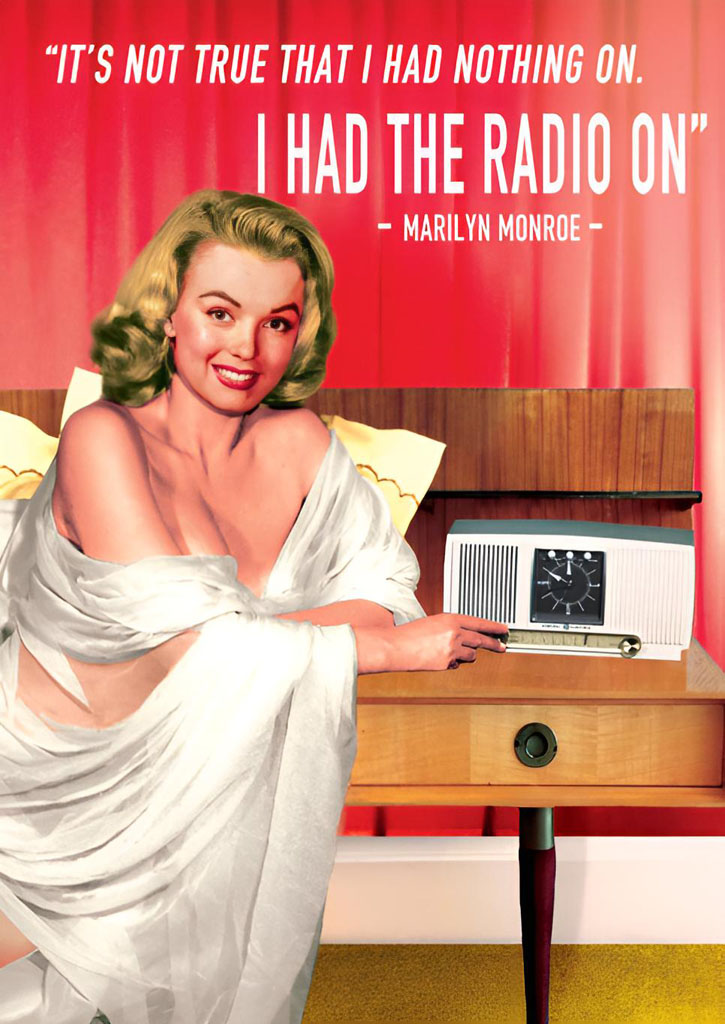
Shortwave in English may also be going downhill because of the general disinterest in DRM here in Europe and North America.
Personally, I prefer analogue shortwave, exactly for its capriciousness, and because it remains available even when weak, rather than being rejected by the receiving processor.
Re content, while I do speak standard Chinese, I’m not familiar with languages like Indonesian, Japanese or Russian. Still, listening to news programs in these languages provides me with buzzwords that then turn into searchwords on the internet. And in languages I’m familiar with, it still happens that the same station that broadcasts certain info on shortwave may not post it online. In fact, in places like China, North Korea and Voice of Turkey, the radio and online departments seem to treat each other as strangers.
If I had to do either without shortwave broadcasts or the internet, I’d probably rather do without shortwave radio. But if the internet just vanished, I wouldn’t miss it for long. I would miss shortwave much more.
Hi Franz, thanks for your comment. It is indeed a pity that DRM has a signal treshold – and apparently it is quite high. As an example I get a decent signal from Music for Joy from Nauen here, but it doesn’t pass the decoder.
Thank you for this extensive ‘report’ of shortwave radio, very interesting.
I’m not an avid DX-hunter like you are, I like to tune around the shortwave bands once in a while. There is still a lot to hear on shortwave, if it’s regular SW broadcast or utility stations.
Success with the 2025 contest, and ofcourse congrats with your Diamond Certificate !
Enjoy that Tecsun radio !
Gd DX !
Patrick
Thank you… I will do a little test later this year, but it might be that the Tecsun PL-368 is going to replace my Grundig G6 Aviator when I will visit Curacao next year!